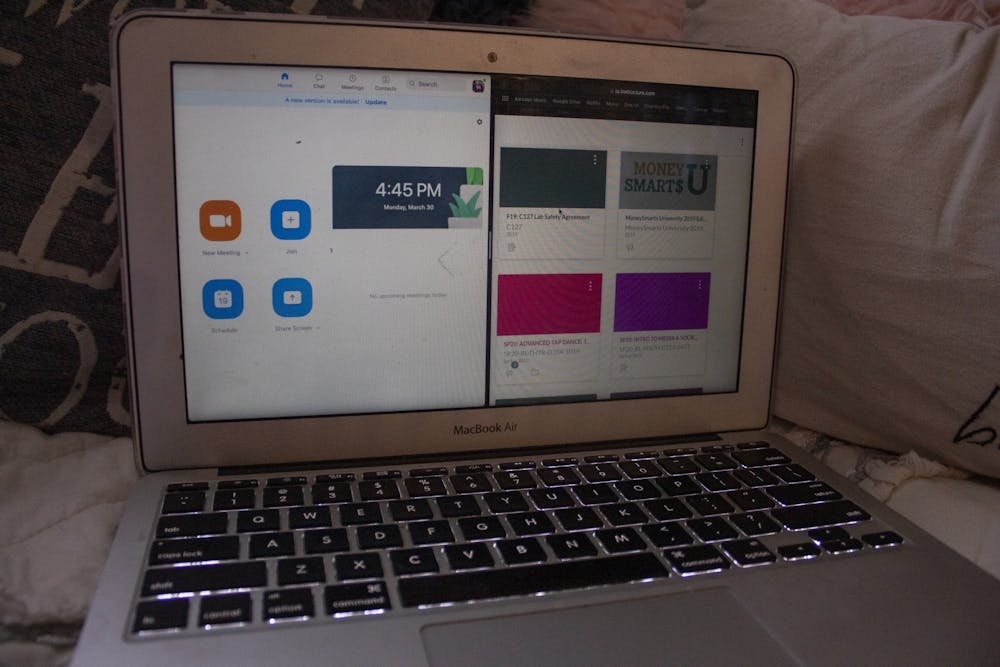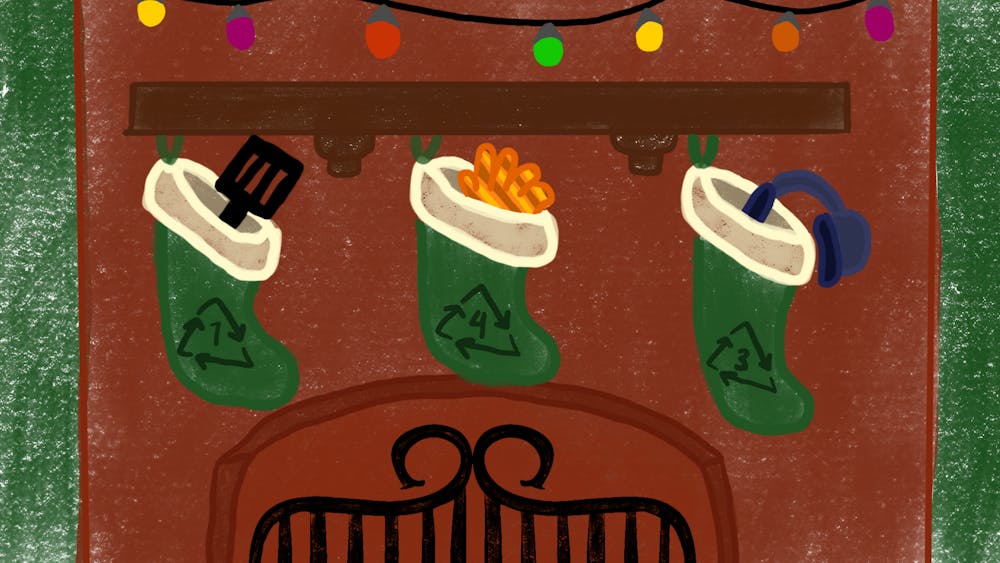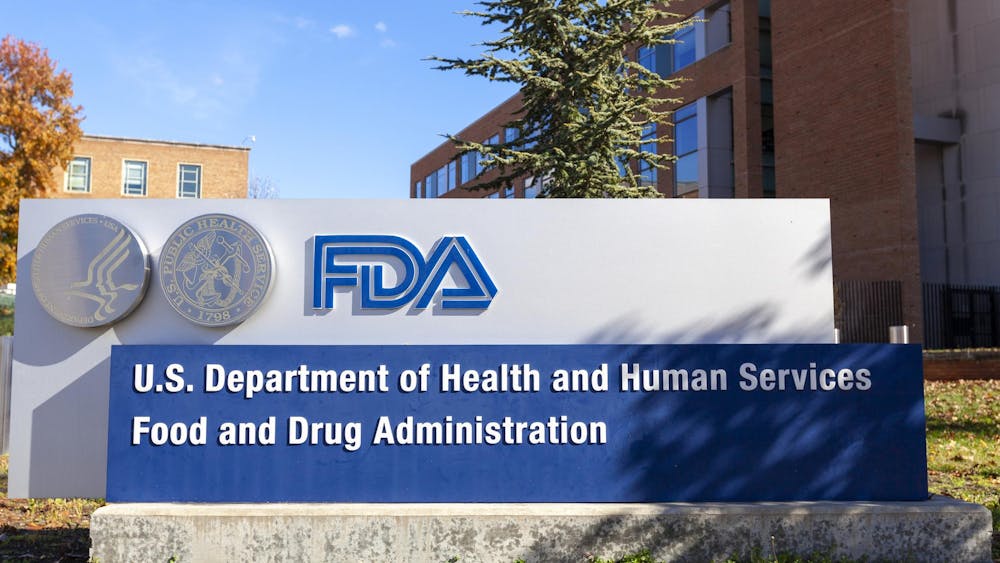Nearly half of Americans might not have access to the internet at speeds considered standard, according to a 2020 Microsoft report. The COVID-19 pandemic continues to expose the longstanding inequalities of our society, and the United States’ digital divide is among them. Without reliable internet, millions of Americans struggle to attend online classes, work from home or stay connected to the outside world.
Social distancing has forced schools, libraries, restaurants and workplaces — once sources of free internet access — to close. Meanwhile, many Americans are expected to continue work and school from home. The U.S. government must recognize the internet as an essential social good and work to close the digital divide by subsidizing internet access for low-income and rural Americans.
Broadband, a single cable that can carry large amounts of data at high-speeds, has become the benchmark for adequate internet access. The Federal Communications Commission defines broadband-level download speeds as 25 megabits per second or faster.
According to Microsoft data from November, 157 million Americans use the internet at speeds slower than that. And with multiple people streaming a lecture, calling via Zoom or downloading large files, a household’s internet connection can drastically slow without broadband.
In Indiana, an estimated 20% of the population has no broadband access, according to BroadbandNow Research.
Internet in the U.S. is also comparatively slower and more expensive than in other developed countries, according to Cable.co.uk and Speedtest. U.S. broadband speeds are ranked 11th, but we pay more than 118 other countries, including countries with faster internet.
There are 33 million Americans without internet entirely, and this is especially common for low-income and rural Americans, according to a 2019 Pew Research study. A 2018 Pew survey found that nearly a quarter of teenagers with family incomes less than $30,000 are sometimes unable to complete homework because they lack reliable internet access. Nearly half resort to using their cell phones.
Students with poor or no internet access, on average, have lower GPAs, fewer digital skills and are less likely to plan to enroll in college, according to a 2020 report from Michigan State University’s Quello Center. When we fail to provide reliable internet, we kneecap students’ ability to succeed and compete in a global economy.
In the midst of a pandemic, this is unsustainable.
Recognizing the internet as a social good rather than a privilege is essential to a well-functioning society. Stay-at-home orders have only made it clearer. Instead of millions of students and workers scrambling to find an internet connection, access and speed could have been non-issues.
The federal government must act to provide reliable, high-speed internet to its entire population. In times of uncertainty, such as the current crisis, it acts as a safety net for those vulnerable to falling behind. House Majority Whip James Clyburn, D-S.C., is already fighting for equal access. He leads a task force on providing broadband to all underserved areas in the U.S.
The U.S. government has subsidized such economic developments in the past. For example, the New Deal included the Rural Electrification Act of 1936. Just as the internet fails to reach rural areas, electricity was largely confined to urban centers. It stayed that way until the federal government intervened on behalf of something it saw as essential to 20th century life.
If the federal government fails to act, states and organizations must. Many internet service providers have promised to provide in-home internet access for free or at a reduced cost in the coming months. While this will surely assist those without the internet, barriers for high-speed, reliable internet still exist.
Indiana should follow the lead of states like North Carolina and Minnesota, which successfully coordinated with municipalities to provide underserved areas with broadband, according to a February report from Pew Trusts.
IU is providing free Wi-Fi to students and the general public in parking lots across all campuses. While this effectively serves some, it cannot provide relief for IU students without reliable internet who live far from IU campuses.
The university's Center for Rural Engagement could help non-students by providing technical and financial assistance to the 20% of Hoosiers without access to broadband internet. Consistent with its goals of improving quality of life in rural areas, high-speed internet would help underserved Hoosiers. The center's website has a link to a map of free Wi-Fi hot spots in south central Indiana.
Under normal circumstances, the internet is just as essential, providing us all with an opportunity to succeed on an equal playing field.
Kyle Linder (he/him) is a junior studying journalism and international relations. He plans to pursue a career in media.






